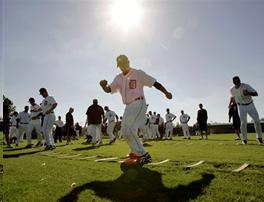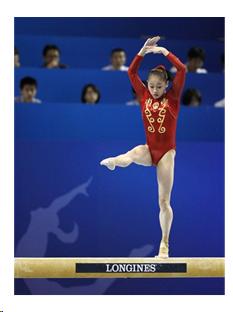
Components of Skill-Related Physical Fitness (1)


We'll now move on to the components of skill-related fitness, and here there are six different components, and what you'll see is that we'll talk very briefly about them here, and we're not going to talk too much about the components of skill-related fitness because they're not as closely associated with general and overall health as health-related fitness components were. So we'll talk a lot less over the course of the semester about skill-related components of fitness. The first of these is agility. This is simply the ability to quickly and accurately change the direction of the movement of the entire body in space. So in the picture here you see a baseball player high-stepping through a ladder that's placed on the ground, quickly and efficiently moving his body through this ladder. Another great example is thinking about a running back in football, quickly changing directions during a run, trying to avoid contact with the defender, both great examples of agility. The second component is balance, or the ability to maintain equilibrium while moving or stationary, and here you see a young girl that's balancing on one leg on a balance beam, clearly keeping her balance, keeping her equilibrium while stationary, and it looks like she's about ready to move as well. A great example of where balance is very important in our everyday lives is in older adults who are at risk for falling. Falling can lead to very dangerous complications, especially in people of older age, and so poor balance is really a major risk factor for lots of health complications. So balance is one thing that we may talk about throughout the rest of the semester.